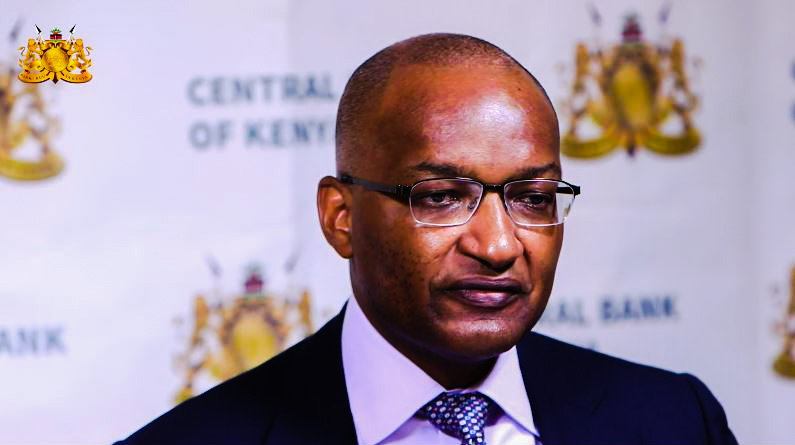The Central bank of Kenya raised interest rates by 50 basis points on Wednesday, aiming to smother inflation due to food and fuel prices.
The CBK’s Monetary Policy Committee decided to raise the Central Bank Rate (CBR) from 8.25 per cent to 8.75 per cent.
“The Committee noted the sustained inflationary pressures, the elevated global risks and their potential impact on the domestic economy and concluded that there was scope for a further tightening of the monetary policy in order to anchor inflation expectations,” the MPC said in an emailed statement.
In October 2022, the headline and core inflation increased by 40bps to 9.60% and 3.80%, respectively.
Most economists had expected the increase in basis points.
NCBA noted that compared to its regional peers, such as Uganda, the response of Kenya’s central bank has been conservative.
Since the beginning of 2022, the central bank rate (CBR) has increased by 125bps to 8.25%.
“According to our internal projections, there is room for at least a 25bps upward adjustment by the end of the year – a change that could be implemented at the upcoming policy-setting meeting on November 23, 2022.”
However, Genghis Capital said the MPC benchmark rate has to strike a delicate balance between lowering inflation to protect the consumer purchasing power and protecting the cost of credit from climbing so high that it becomes a disincentive to investment activity in the economy.
“Bearing in mind that there exists a positive relationship between investment activity in the economy and macroeconomic factors such as employment, national output, and consequently, economic growth, we are of the view that the MPC ought to smoothen the benchmark rate to allow the economy pick back up on its flair, while closely monitoring its effect on inflation levels,” Genghis noted.
Central banks worldwide are raising interest rates that steer the cost of credit for businesses and consumers. They aim to halt the surge in inflation fueled by high energy prices tied to Russia’s war in Ukraine, post-pandemic supply bottlenecks, and revive demand for goods and services after COVID-19 restrictions eased.




